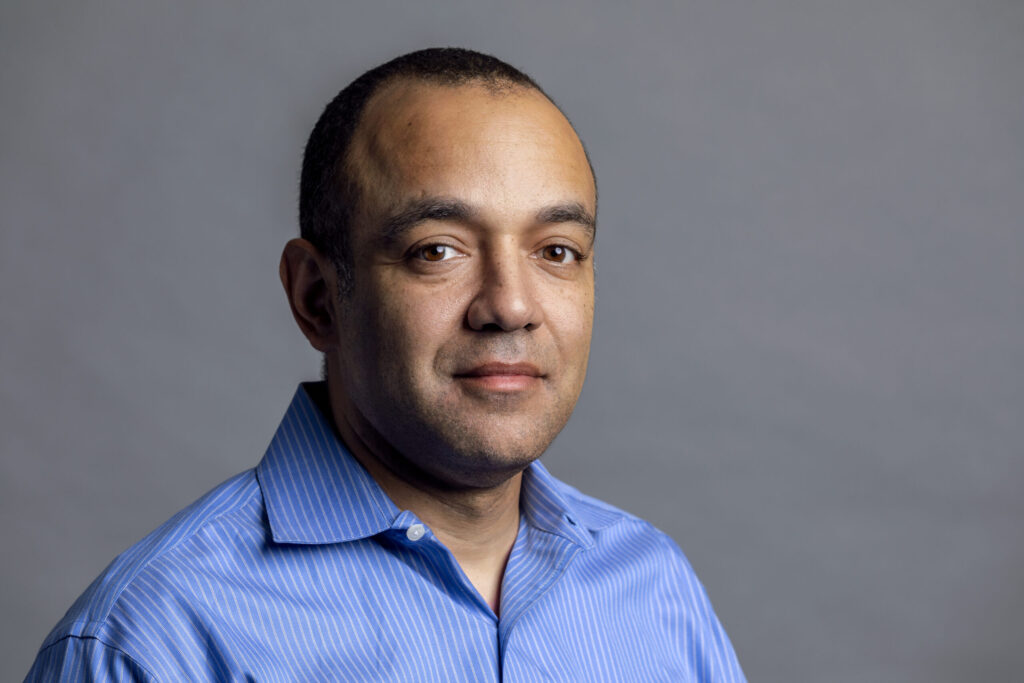
The cancer market for the pharma industry accounts for about a third of their product pipeline. With oncology drug sales set to top $390 billion by 2027, life science companies are aligning efforts to prioritize this critical market opportunity ahead of competitors.
The field of cancer presents unique challenges for the pharmaceutical industry, requiring innovative solutions to address high demand, intense competition, expensive research and development (R&D), complexities in drug development, rapid introduction of new medicines, and the need for affordable access.
In this nuanced landscape, pharmaceutical companies play a vital role in driving advancements in cancer care. To navigate these challenges effectively, integrating insights management technology has emerged as a crucial factor in the relationship between the oncology market, the pharma industry, and patients.
There are many cancer challenges within the pharma ecosystem; I’ll focus on what I see as the top three – high demand, intense competition, and costly R&D – and how pharma companies address them with industry-specific technology.
1. High Demand
The increasing prevalence of cancer and the growing need for effective treatments put significant pressure on pharmaceutical companies to develop innovative therapies. The costs of treating more patients for longer periods and with more advanced therapies can overwhelm healthcare budgets, making affordable access to these treatments a critical challenge. Balancing cost-effectiveness with profitability is a complex issue that requires collaboration between pharma companies, healthcare systems, insurers, and policymakers.
2. Intense Competition
The expanding market sees fierce competition – for talent, time to market, and drug launch – among pharmaceutical companies. A recent study estimated the cost of developing a new drug at $2.6 billion, and only 1 in 15 oncology drugs studied in Phase 1 clinical trials will make it to market. The US Government Accountability Office estimates that a new drug’s development life cycle can take 10–15 years, and regardless of the time and money drug companies spend on research, a medicine may not receive regulatory approval, sending researchers back to the drawing board. Developing breakthrough oncology treatments, gaining market share, and differentiating from competitors demand substantial investments, strategic partnerships, and robust marketing strategies.
3. Expensive R&D
The complex and lengthy cancer treatment R&D process is highly resource-intensive and financially demanding, and there are specific complexities within cancer drug development that pose issues. Among the top 20 global biopharmas, the average cost to develop a new drug rose 15% ($298 million) last year to approximately $2.3 billion. That figure includes the average cost of developing a candidate from discovery through clinical trials to the market.
Efficient clinical trial design is required to develop effective drugs that target specific cancer types and mutations, and this is a challenge given the regulatory environment. R&D expenses are growing. With the rapid pace of innovation and discovery, there is a continuous influx of new treatments that the pharma industry has to keep pace with, understanding market trends and further advancements to ensure a timely drug launch.
Fit-for-purpose technology
Big pharma and small biotechs all use technology in the drug development process. But there’s a critical part of the process where companies can still struggle to be efficient, and that’s in collecting data used to generate insights that drive strategy. Naturally, we now see technology designed to make this process more effective.
Insights management technology accommodates the complexity of life science processes and workflows, and it also takes what used to be viewed as many disparate processes and unifies them in one platform. Understanding disease communities, finding niche experts, engaging different audiences, and ingesting field observations are all part of one process.
When pharma organizations manage these complex activities in one place – where they can more easily share information, react to emerging data, and get a more comprehensive view of the market and scientific signals – they can begin to turn the tide on the challenges they’re facing. Lots of companies see opportunities in the oncology space, and they’re working hard to incorporate things like precision medicine or treat rare diseases in pursuit of better patient outcomes across the board. With better technology that’s tailored to the way they work and the challenges they encounter, they see more impact on the pace at which they can work and the areas where delays and costs used to bog them down.
The challenges in the oncology sector require proactive and innovative approaches from the pharmaceutical industry. Life science companies can achieve this by improving decision-making processes, streamlining drug development timelines, hitting deadlines, and generally avoiding unforced errors.
Technology is built to enable the efficient use of resources. But insights management technology still prioritizes human contributions: meaningful collaboration and knowledge exchange, resulting in data-driven insights that further innovation for the benefit of patients.
About Lance Hill
Lance Hill joined Within3 as Chief Executive Officer in 2007. Under his leadership, the world’s top 20 pharmaceutical organizations and leading medical device companies have come to place their trust in the Within3 platform and value proposition. “When key healthcare stakeholders – caregivers, patients, scientists, physicians, and policymakers – share ideas, everyone’s healthcare improves,” Lance says. “Within3 is committed to breaking down healthcare communication barriers and driving innovation throughout the industry.” Prior to joining Within3, Lance served as Vice President and General Manager of webMethods’ worldwide Service Oriented Architecture software business. Previous roles include enterprise engineering and e-business architecture for IBM Global Services and National City Bank

